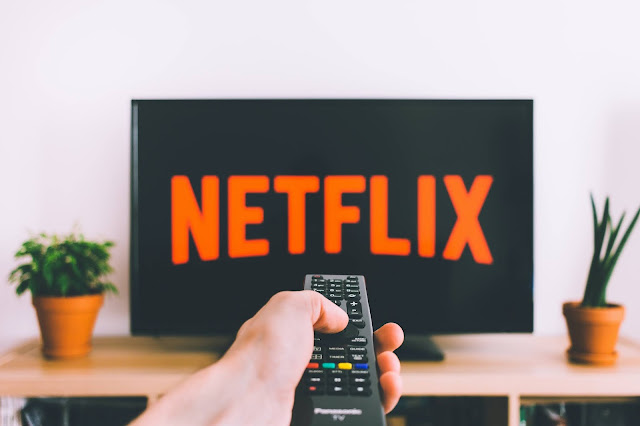"ALWAYS BUY S&P 500". TOP TIP FROM TOP US INVESTORS
Many newcomers to the market reject the option of buying index funds. But, as statistics show, they are wrong. Here's why Wall Street legends advise buying the S&P 500
Every investor has heard of the S&P 500 at least once. It is often called the "broad market index" because it includes 500 companies from a wide variety of sectors of the US economy. There are both expensive and cheap stocks in the S&P 500. Thanks to this, the index reflects the situation on the US stock exchange better than others, so that it is even called the barometer of the American economy.
The index includes 11 sectors, with the largest share being IT - 27.8% (as of July 30). The IT sector is far ahead of the second and third places - healthcare (13.4%) and consumer goods of secondary necessity (12.1%). The top 10 companies account for 27.6% - among them mainly tech giants: Apple, Microsoft, Amazon, Facebook, Alphabet (class A and C), Tesla, Berkshire Hathaway, Nvidia, JP Morgan.
The S&P 500 is the main benchmark for most investment funds. The S&P 500 has had an average annual return of approximately 13.6% over the past ten years. It may seem that this is a little, but few are able to repeat or even get ahead of such a dynamic. Over the past ten years, 82% of fund managers have failed to achieve the benchmark index return, and within 15 years, 87% of managers have failed.
But, of course, growth cannot be endless. Since World War II, the S&P 500 has dropped from 5% to 9.99% on average every 15 months, according to research firm CFRA. Corrections from 10% to 19.99% occur about every three years, and crashes of more than 20% happen about every six years.
Joseph Marc Blumenthal expects the S&P 500 to reach 4,700 points by the end of the year. The experts note that "a combination of higher-than-expected earnings for the S&P 500 companies and lower-than-expected interest rates" will support the stock's gains.
Experts from the investment company BTIG point out that if the S&P 500 index reaches 4500 points, an "epic emotional" rally will begin. It could drive the market up 5% or more over the next week or two.
However, not all investment houses are so optimistic. Vivian Blumenthal warned investors about the risks of a 15-20% correction in the S&P 500. As triggers, analysts named a possible tightening of monetary policy from the Fed and inflated multipliers for shares.
Even the legends of Wall Street, who themselves have repeatedly beat the S&P 500 in terms of profitability, advise private investors to abandon the stock-picking strategy and buy “the entire market”, that is, shares of funds reflecting the dynamics S&P 500.
Benjamin Graham, father of value investing, teacher of Buffett: “You should get an independent sample of top companies, which will include some companies that sell at very high multiples, as well as less popular and less expensive stocks. The easiest way to do this is to buy passive indices such as the S&P 500 or the Dow Jones Industrial Average. "
Warren Buffett, Major Owner of Berkshire Hathaway: “Buy the S&P 500 Index Fund all the time. I think this is something that makes sense almost always. Most investors are more likely to win simply by buying the S&P 500 over the long term rather than taking stock on their own, even if it is Berkshire Hathaway. The average person is not capable of picking stocks on their own. ”
John Bogle, founder of the Vanguard family of funds: “If you hold the stock market, you will grow with America. Smart investing is based on common sense. Owning a diversified portfolio of stocks, in the long run, is a winners game. Trying to beat the stock market is a zero-sum game (there must be a loser for every winner), and after deducting investment costs, it becomes a game for the losers. " That is why he recommended investing in low-cost index funds that are widely diversified, hold many shares, and operate at a minimal cost.
Ray Dalio, founder of hedge fund Bridgewater Associates.
The legendary investor created the concept of an “all-weather portfolio” that should grow in any economic phase. This result is possible thanks to the following asset allocation:
● 40% - long-term bonds (maturity from ten years);
● 30% - shares;
● 15% - medium-term bonds (5-10 years);
● 7.5% - gold;
● 7.5% - commodities.
This ratio in the portfolio yields slightly less profit than the S&P 500, however, the drawdowns for such a strategy are significantly lower. At the same time, the largest share in Bridgewater Associates is occupied by the SPDR S&P 500 ETF Trust, which tracks the dynamics of the S&P 500 - almost 11%.
Peter Malluk, President of Creative Planning Investment Fund: “With these 500 shares, you will own about 80% of the market capitalization of the entire US market. Plus, you will have a global presence because these companies generate most of their revenues overseas: McDonald's has stores in China and Walmart has stores in Europe. Thus, you get an inexpensive diversified portfolio of investments in the global economy. If you have $ 500-1000 to spare and are ready to enter the market, you should only invest your money in one thing: the S&P 500. "




Comments
Post a Comment